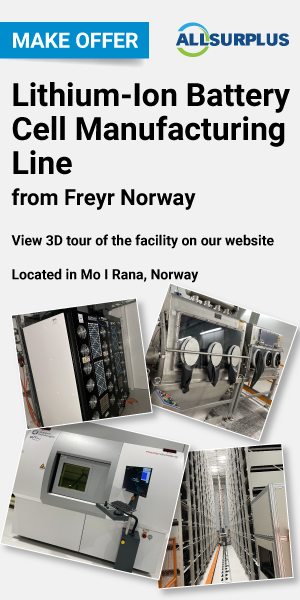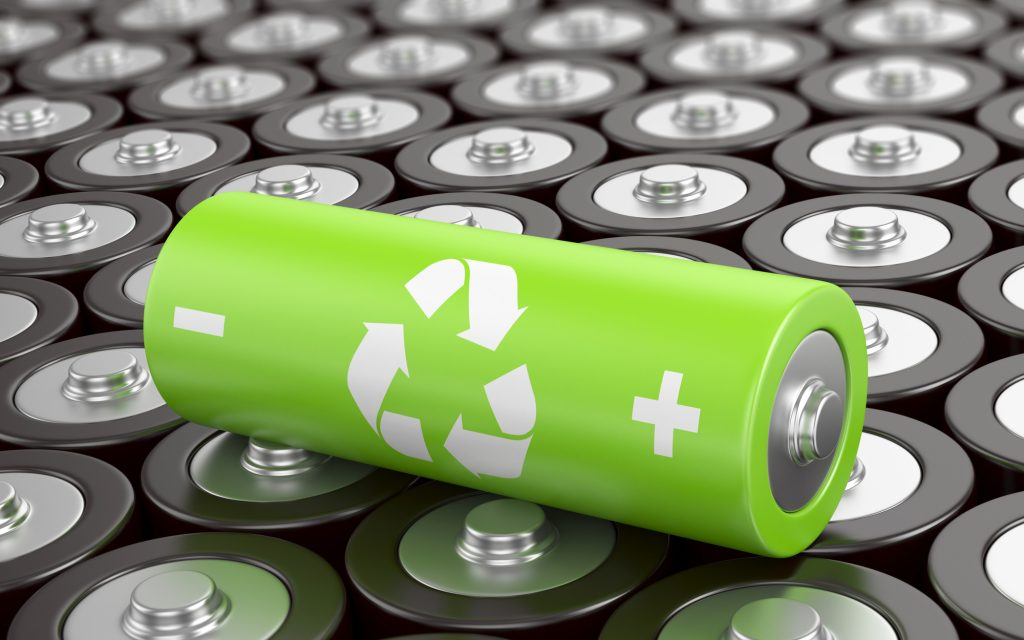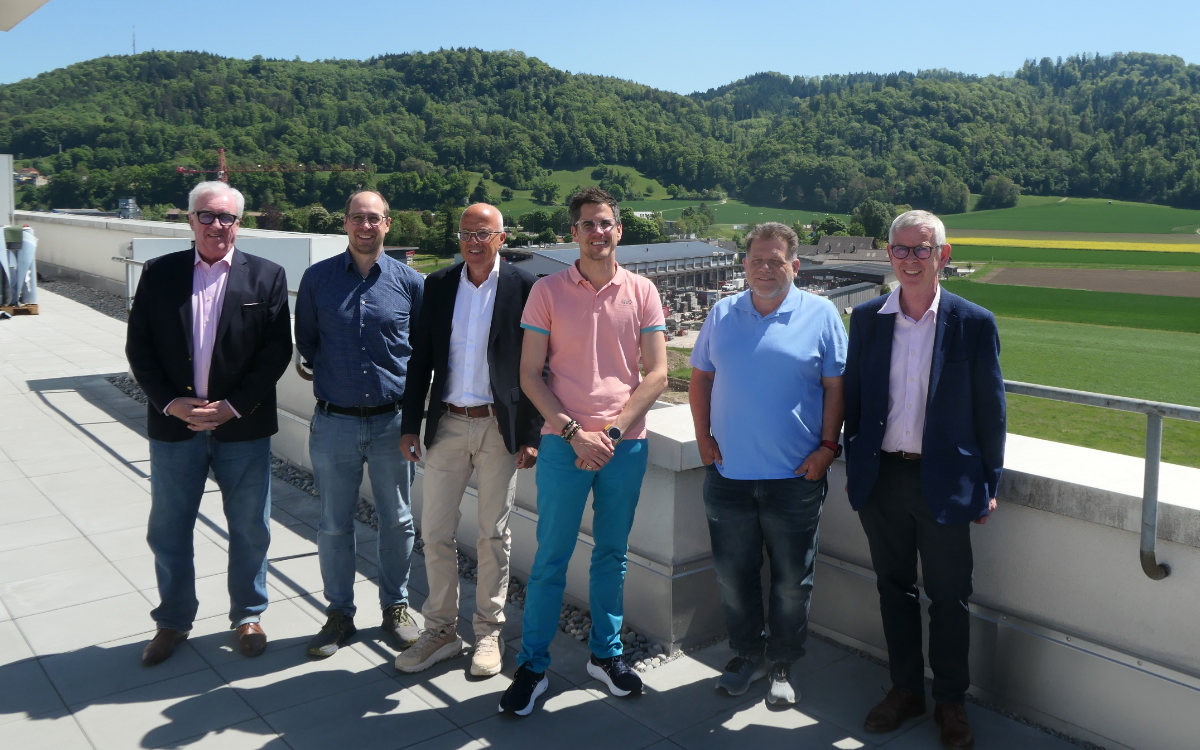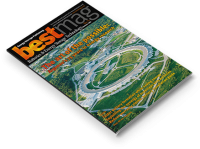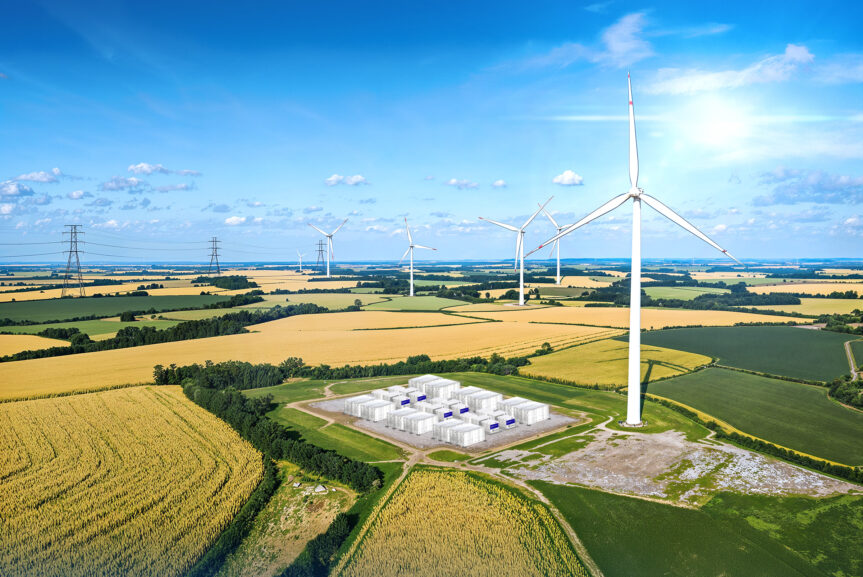Scientists in Finland have developed a next-generation lithium-ion battery using an anode-cathode material pairing of lithium titanate countered by lithium iron phosphate, and a silver, copper dopant.
Researchers at the University of Eastern Finland report their cells can reach 167 mAh/g (measured with 0.1 C rate) with charge/ discharge rates of up to 10 C.
The technology will benefit applications which require fast charging such as electric buses, or hybrid and electric vehicles, said Professor Jorma Jokiniemi, director of the Fine Particle and Aerosol Technology Laboratory, at the university.
Jokiniemi, along with researcher Tommi Karhunen, believe the technology is already good enough for the intended applications.
The pair foresee pilot-scale manufacturing (above kg/hr production rates for LTO and LFP) by the end of the year and electrochemical verification by May 2017.
However, the main problem of the new technology is its low electric conductivity.
Karhunen said: “The electric conductivity problem can be solved by producing nanosized, high surface area crystalline materials, or by modifying the material composition with highly conductive dopants.
“We have succeeded in doing both for lithium titanate (LTO) in a simple, one-step gas phase process developed here at the UEF Fine Particle and Aerosol Technology Laboratory,” said Karhunen.
The electrochemical properties were studied in collaboration with Professor Ulla Lassi’s group from Kokkola University Consortium Chydenius.
The study results were published in the Journal of Alloys and Compounds.


